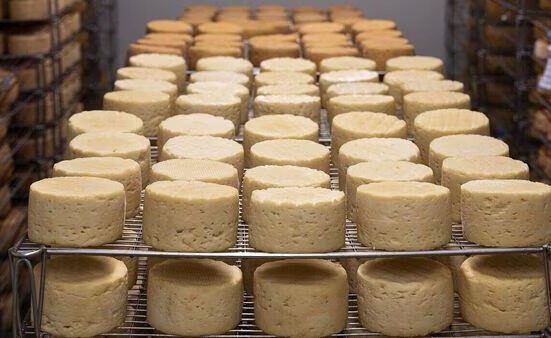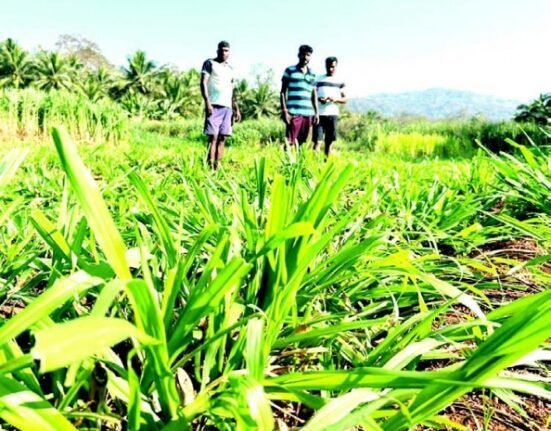📊 Q1 2025 Price Trends: Milk, Eggs, and Cereals Surge in the EU
The European Union has recorded a substantial increase in agricultural product prices in the first quarter of 2025, according to new data released by Eurostat. This includes a dramatic 12.6% surge in milk prices, alongside 10.7% for eggs and 9.6% for cereals—three staples critical to both food security and the global supply chain.
This marks the second consecutive quarter of rising prices in the EU’s agricultural output—a significant reversal after a long period of post-pandemic market correction.
🧪 Driving Factors: Input Costs on the Rise
What’s causing the surge?
While output prices rose 2.6% on average, input costs not related to investment (e.g., feed, veterinary services, fertilizers, and energy) also rose—albeit by a modest 0.2%. This may seem small, but it’s notable as it’s the first quarterly input price rise since Q1 2023.
Key areas of concern:
- Veterinary expenses: up 3.0%
- Fertilizers: up 0.9%
- Energy and lubricants: up 0.7%
Countries like Hungary (+6.8%), the Netherlands (+6.2%), and Romania (+5.8%) reported the highest increases in input prices. In contrast, Lithuania (-5.0%) and Cyprus (-3.8%) saw declines.
🌍 Why Indian Dairy Stakeholders Should Pay Attention
While the report primarily focuses on the EU, its implications extend far beyond. India is increasingly integrated with the global dairy economy, whether through feed imports, international benchmarking of milk procurement prices, or competitive exports of value-added dairy products.
“A 12% spike in EU milk prices doesn’t just stay in Europe,” says an analyst from Dairy Dimension. “It’s a signal to Indian cooperatives and processors that cost pressures may rise globally—especially for feed, veterinary care, and energy inputs.”
Several Indian dairy cooperatives and private players have already raised concerns about rising costs of imported soymeal, maize, and veterinary supplies, echoing this global trend. This could:
- Lead to higher milk procurement prices in the coming months
- Influence the pricing of milk powder, butter, and ghee
- Add pressure on dairy farmers’ profit margins unless prices are adjusted
🔍 Outlook for India: Risk or Opportunity?
Risk: Higher global input prices could cause inflationary stress in India’s dairy sector, primarily affecting smallholders and cooperatives that rely on imported supplements.
Opportunity: With EU prices rising, Indian dairy exports—especially of skimmed milk powder (SMP), butter oil, and paneer—may become more competitive internationally.
However, Indian policy and cooperative leadership must act proactively. Monitoring import dependencies, supporting feed cost subsidies, and enhancing local sourcing of energy and feed could help mitigate some of these challenges.
📈 Conclusion: Keep an Eye on the Global Market
This Q1 2025 data from Eurostat is more than just numbers—it’s a red flag for dairy stakeholders across the globe, including India. Rising input and output costs in the EU can—and likely will—affect Indian producers, processors, and consumers.
As India gears up for the second half of 2025, staying attuned to global trends will be crucial for setting prices, planning procurement, and forecasting the market.








1 Comment